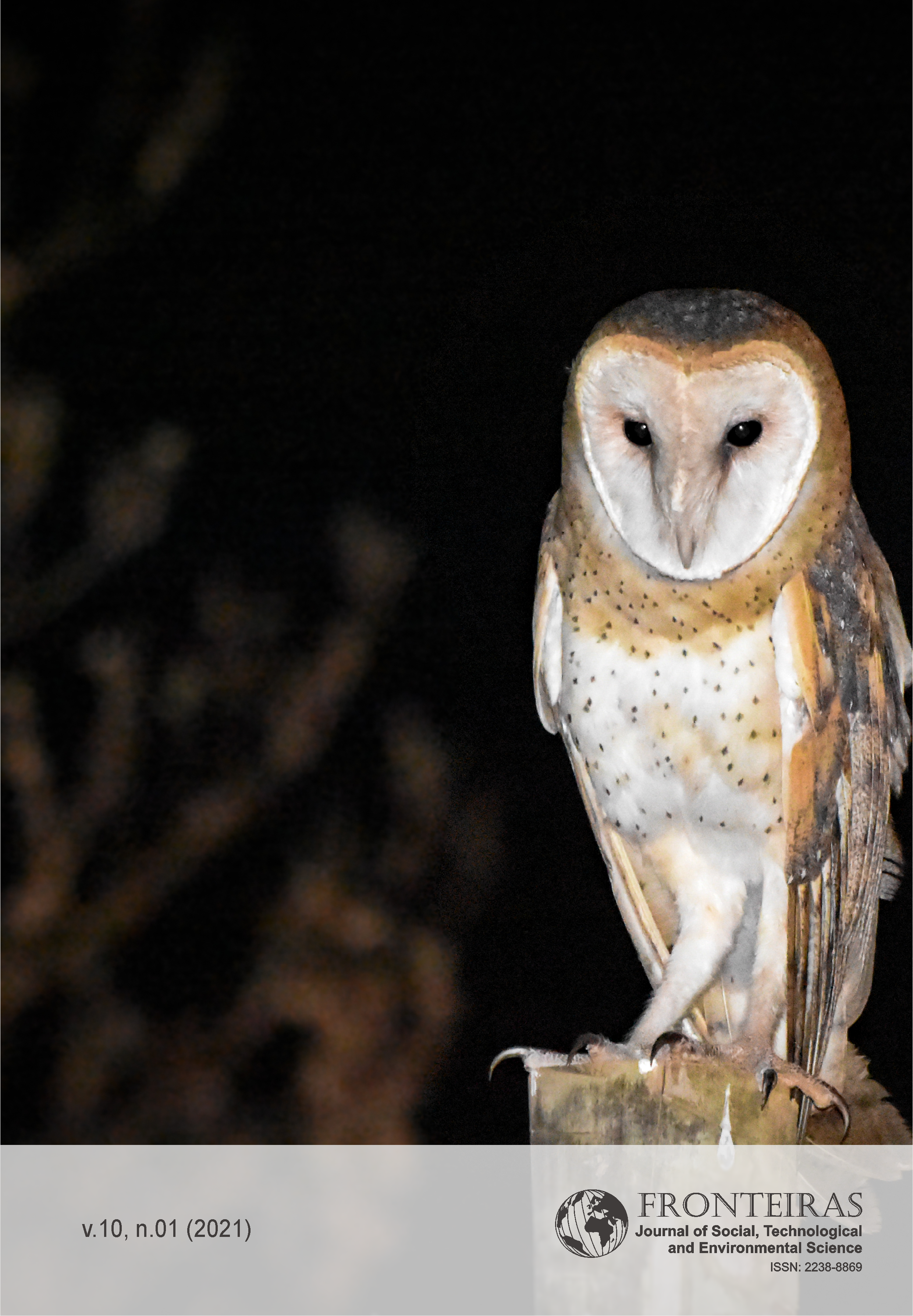Toluene degradation by free staphylococcus gallinarum and immobilized on multi-walled carbon nanotubes
DOI:
https://doi.org/10.21664/2238-8869.2021v10i1.p61-73Palabras clave:
Carbon nanotube; Response surface methodology; Staphylococcus gallinarum ATHH41; TolueneResumen
Hydrocarbons pollution is a most important environmental and healthanxiety . Using free and immobilized bacteria could be a suitable attitude to find a proper bioaugmentation agent. A toluene degrading bacterium was isolated from oil-contaminated environs (located in Bandar-Anzali, Guilan, Iran). The strain was molecularly identified as Staphylococcus gallinarum ATHH41 (Accession number: KX344723) by partial sequencing of 16SrDNA gene. The response surface methodology (RSM) was expended for biodegradation of the toluene by ATHH41. The central composite design (CCD) was utilized to optimize pH, temperature, and toluene concentration by ATHH41. In accordance with the optimization purpose of the Design-Expert software, the optimum circumstances of toluene degradation were obtained when pH, temperature and toluene concentration were adjusted to 7.68, 31.73°C and 630.04 mg.l-1, respectively. Multi-walled carbon nanotubes (MWCNTs) were used to immobilize the strain. Infrared spectroscopy and scanning electron microscopy showed that the cells adhered to the MWCNT surface and developed a bioï¬lm. Results reveal that free cells were able to degrade 68.01% of the toluene as the sole carbon and energy source within 24 h under optimized conditions. The immobilized cells reached 95.68%.
Descargas
Publicado
Cómo citar
Número
Sección
Licencia
Esta revista oferece acesso livre imediato ao seu conteúdo, seguindo o princípio de que disponibilizar gratuitamente o conhecimento científico ao público proporciona maior democratização mundial do conhecimento.
A partir da publicação realizada na revista os autores possuem copyright e direitos de publicação de seus artigos sem restrições.
A Revista Fronteiras: Journal of Social, Technological and Environmental Science segue os preceitos legais da licença Creative Commons - Atribuição-NãoComercial 4.0 Internacional.


